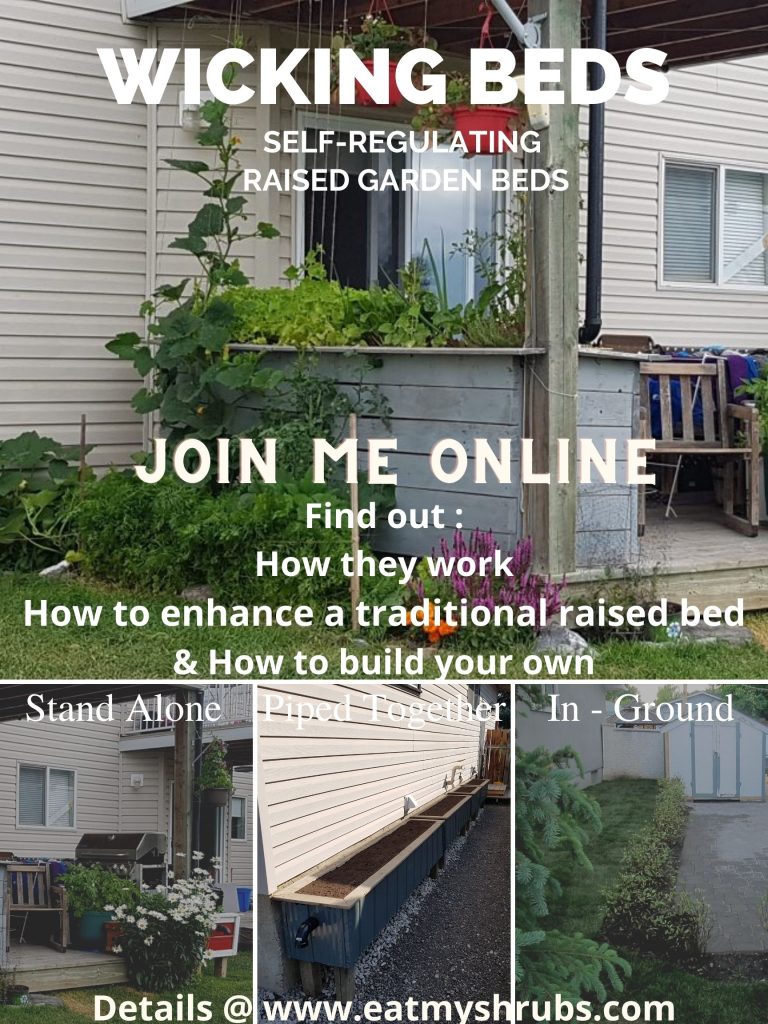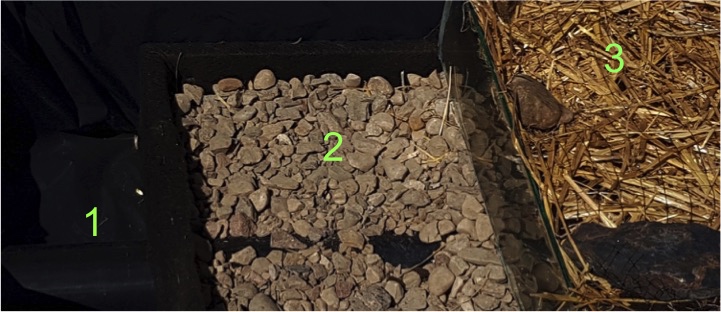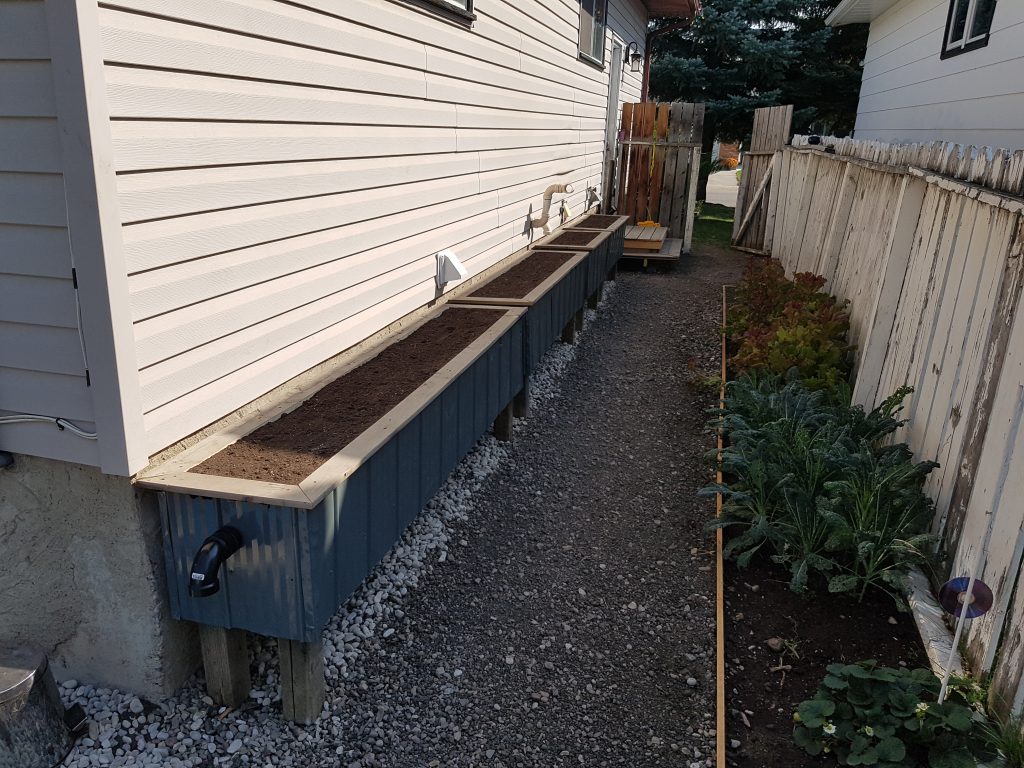What are Wicking Beds?

Wicking beds are contained garden beds. In the city they are usually raised beds. Container gardens are another name for raised garden. They use a method of irrigation where the garden bed has its own reservoir of water under the soil. Which is what makes them different from traditional raised container garden beds. This is achieved by placing a waterproof barrier in the frame of the bed. The bed is then filled with material that promotes the soils natural tendency to wick moisture up.

The Start
Originally developed in Australia, for arid climates. Places where they do not get much water to begin with. These places have to be able to store and use the water without it evaporating. The ground temperature doesn’t fluctuate as much a few feet down, as it does at the surface. Storing water underground is not a new concept. Being able to store the water directly under the plants is great. Having it in a way that the plants can draw on the water as they need it, is even better. So, the major work is in the initial construction. Established plants need very little attention from people.
Now, this idea is all over the world. Not just in arid climates. The unfortunate thing is there are more and more areas becoming arid. Places are getting less and less rain in the summer. So, it is becoming more important that we use every drop Mother Nature gives us.
Capillary action
You see wicking in nature. Along river banks and waterways. The river bank pulls, or wicks, water up from the river. Approximately 12-15 inches. We are taking that physical property of soil, and using it in our gardens. Generally, the bottom layer of the garden bed is a course gravel material (like a river bottom). Followed by a root barrier. The growing medium, aka soil, goes on top. The soil should be a high Carbon soil. Sounds technical but most potting soil is. Get some with a lot of organic material in it. Add compost if necessary. Actually, just add compost anyway. It’s always good.

Check out Wicking in Action for more on this.
Wicking beds are often called self-watering beds. This is misleading. They are self regulating. They will only fill so much before overflowing. However, they do still require water input. Wicking beds tend to be attached to a water catchment system of some kind. This is what makes them seem self-watering. So, I recommend to people to hook them directly to the downspouts for a section of the house or garage. Another option is to have a rain barrel catch the water first. Then, fill the containers as they dry out during long drought periods. See, not self watering.
Water stored under the soil evaporates less. Therefore, the water below the plant roots draw them deeper into the soil. This action will make them stronger and more drought tolerant.
Wicking Beds in the City
Wicking beds in an urban setting are usually raised beds, but not always. I have also installed a Dogwood hedge using this method. When installing a wicking style bed in the ground. The pipe under the garden is wrapped with a heavy root barrier. Known as a sock or sleeve. This will keep the roots out of the main filling pipe.
These beds are usually quite large when compared to the raised beds. So, they typically have larger plant material in them, and require a larger water source. Like the roof of the house. In Alberta, a lot of the summer moisture comes in large, short bursts. A garden lined with plastic is more likely to overflow in a bad way. Having the subsoil able to absorb the rain from these storms is crucial. Also, with larger plants comes larger roots. They need room to grow and the plastic would hinder that. So, the inground beds do not have a plastic lining.
This depends on their position
Another good quality of wicking beds is, they do not have to be directly in the rain. The townhouse deck beds only receive direct rain when the wind is coming from the Southeast. And, that only happens in the winter. The townhouse decks collect water from the deck above. This works really well if you own the deck above. In the townhouse setting a good relationship with the neighbors is necessary (for many reasons). Mainly so they know that the water off their deck goes into a vegetable garden.
I asked the neighbours just to tell me if they were going to wash the deck or do something like that. Then I disconnect the pipes beforehand and allow that water to drain on the lawn instead.
Other Information on Wicking Beds

Check out the Wicking in Action page, and the Prototype , for more descriptions. Also, the first wicking bed I built at our former house, and the demonstration build for market demonstrations.
The Urban Homestead Project page will have more and more about this as we install gardens. There are four wicking beds installed, piped together. That is the wicking beds in the picture above. See the Wicking Beds Piped Together page for those details. The spring will bring cold frame greenhouses and the connection to the downspouts for those.
At the end of the day, wicking beds just make sense for an urban garden. I haven’t mentioned the time saving aspect for busy gardener on the go yet. But, that is on the other pages. If your on the fence about them contact me directly, and we can chat.